T5 or Metal Halide?
shrubs_n_bulbs
19 years ago
Related Stories

MOST POPULAR5 Remodels That Make Good Resale Value Sense — and 5 That Don’t
Find out which projects offer the best return on your investment dollars
Full Story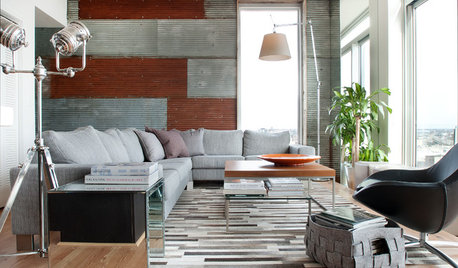
REMODELING GUIDES5 Places to Love Corrugated Metal in Your House
It’s budget friendly, versatile and even colorful. Is it any wonder this popular exterior material is making inroads indoors?
Full Story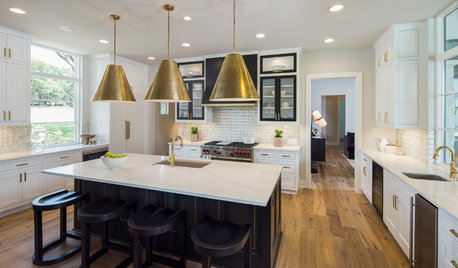
METALAdd a Little Metal to Make Your White Room Shine
Metal finishes add depth and interest to white spaces. Which ones will create the mood and character you’re after?
Full Story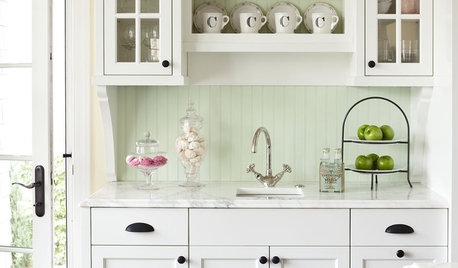
KITCHEN DESIGNHow to Mix Metal Finishes in the Kitchen
Leave matchy-matchy to the catalogs and let your kitchen's personality shine with a mix of metals for hardware and fixtures
Full Story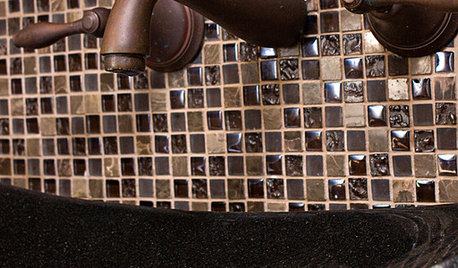
KITCHEN DESIGNBronze: Ancient Metal With Modern Appeal
Real or faux, bronze complements other materials in the mix
Full Story
METALCopper: A Traditional Metal Gets a Shiny Update
Although the metal is no stranger to home design, these days its uses are downright brilliant
Full Story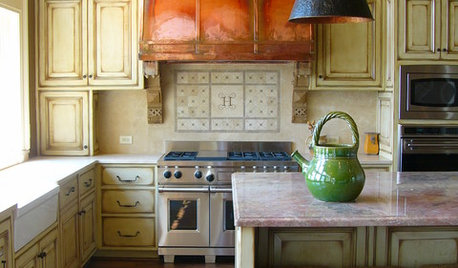
MATERIALSClever Combo: Aged Wood and Metal
Mixing distressed wood and metal makes for a potent design combination in a single furniture piece or an entire room
Full Story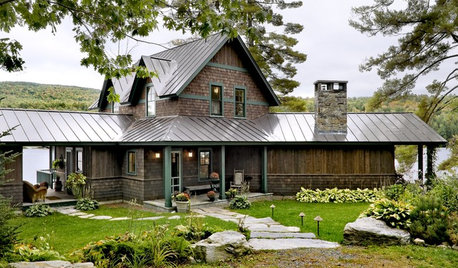
REMODELING GUIDESMaterials: The Advantages of a Metal Roof
Metal reigns in roofing style, maintenance and energy efficiency
Full Story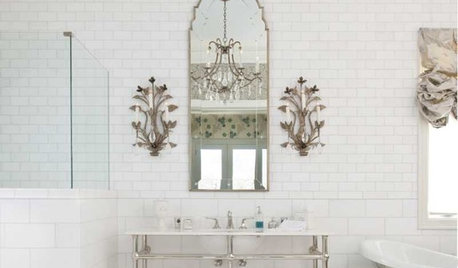
BATHROOM DESIGNHow to Mix Metal Finishes in the Bathroom
Make a clean break with one-dimensional bathroom finishes by pairing nickel, silver and bronze hardware and fixtures
Full Story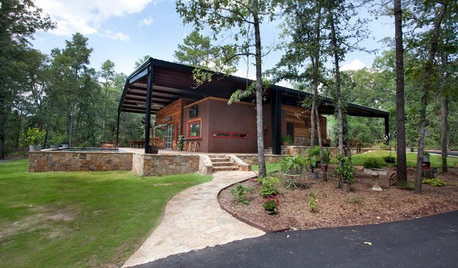
HOUZZ TOURSHouzz Tour: Under a Metal Canopy in Texas
New technology, reclaimed materials and an enormous protective roof combine in this Hawkins home for irresistible modern rustic charm
Full Story





lifestarter
lifestarter
Related Professionals
Rancho Palos Verdes Landscape Architects & Landscape Designers · Maple Heights Landscape Architects & Landscape Designers · Davis Landscape Contractors · Lemay Landscape Contractors · Matteson Landscape Contractors · North Ridgeville Landscape Contractors · South Portland Landscape Contractors · Stallings Landscape Contractors · American Fork Fence Contractors · Dundalk Fence Contractors · Hammond Fence Contractors · Walnut Fence Contractors · Westmont Fence Contractors · Kissimmee Roofing & Gutters · Syracuse Roofing & Gutterszink
zink
lightmaster
zink
gbrendemuehl
hairmetal4ever
DRKboss
shrubs_n_bulbsOriginal Author
gbrendemuehl
shrubs_n_bulbsOriginal Author
ccc1
shrubs_n_bulbsOriginal Author
Jumpin_Timmy